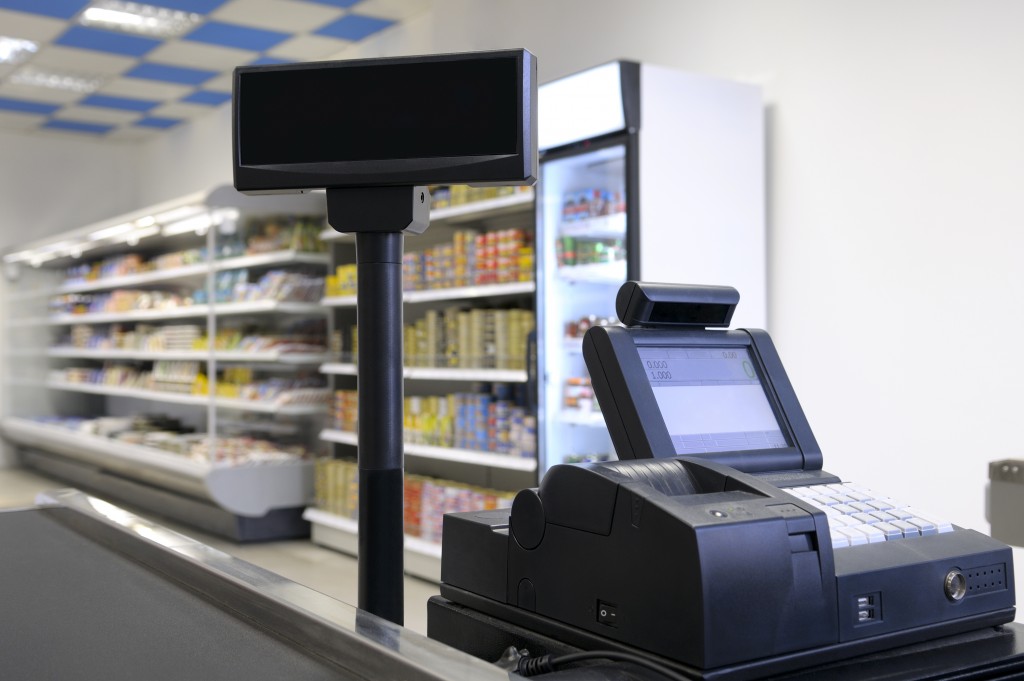The food industry in the United States took a beating from the pandemic, which has already affected the whole world for around a year. This is particularly true in the food-service industry that suffered huge losses following the shelter-at-home directives at the start of the pandemic.
Even as the industry is gradually starting to recover, it may take years before it reaches its pre-pandemic levels in sales and revenue. Despite this, the situation also saw an increase in the use of technology. Restaurants started to innovate, and people started to focus on the importance of food safety.
Use of Technology in the Industry
The pandemic hastened the use of technology in the food industry as people became wary about dining inside restaurants. Food establishments started using contactless payments and offered pick-up options for their customers. These innovations weren’t quite mainstream during the pandemic. But industry watchers expect its use to continue growing in the coming years.
Food delivery apps also noted a surge in food delivery during the pandemic. It resulted in a doubling in these apps’ business, and they’re still hard-pressed to meet the continuing demand in the market. Food and beverage companies also started to increase their use of technology in their systems.
Additionally, artificial intelligence (AI) has entered the food industry, with businesses using the technology to manage risk within the workforce. It predicts, monitors, and evaluates the safety and health of the workers in the industry.
Using technology in the food industry does not only lessen the risk of covid-19 transmission, but it also facilitates work and increases efficiency among its workforce. Moreover, consumers will also see that these companies are putting their safety high on their priority list.
Food Sustainability
The pandemic showed the gaps within the global food supply chain. It also caused people to panic. Fearing a food shortage, people emptied shelves in different parts of the country. This came after limits on the mobility of people, including the ones working on farms. This affected the harvesting and planting seasons of many farms.
Additionally, disruptions in sea and air travel affected the shipment of vital supplies needed in farms. These supplies include pesticides used to remove pests from crops. People can reconsider using these chemicals since they have a significant impact on the environment.
Moreover, people should also rethink industrial animal farming, where a huge number of animals stay in areas where viruses may breed. Even as these viruses are limited to animals, they may mutate in the future and become transmissible to humans.
Even as the food supply stabilized near the middle part of the year, the situation exposed some areas for improvement in the food supply chain when a crisis emerges. This makes it necessary to assess the supply chain’s different aspects, from the supplier to the consumers. It’s necessary to deal with any potential bottlenecks in the supply chain to prevent people from seeing the need to stock up on supplies when a crisis happens.

Changes in the Dining Experience
Even as the restaurant industry expected to grow in 2020, then the pandemic happened. More than 100,000 bars and restaurants in the United States closed due to the pandemic. Restaurants that managed to remain open started offering tale-outs and deliveries to prop up sales.
But the newly-discovered love for cooking among consumers has affected this move within the industry. A little over 50 percent of Americans are cooking more often than before the pandemic started.
To take advantage of this situation, restaurants can offer food bundles where they prepare ingredients for the dishes. This means all the consumers have to do is combine the ingredients and cook the dish at home. To ensure the proper packing of liquid ingredients, restaurants may use a fluid dispensing nozzle to transfer them into small containers.
Adjustments in Food Safety
The pandemic also highlighted food safety. While the virus is transmitted through respiratory droplets, people were still wary of the possibility that it will be transmitted through the food they buy. This concern comes even though most people carefully wash unpackaged food items before they store or consume them.
Additionally, the pandemic also compelled people to rethink the use of wet markets and the consumption of wild animals. This comes as scientists are still trying to determine where the coronavirus that caused the pandemic came from and how it transferred to humans.
With this, authorities are making the necessary adjustments to food safety. These adjustments come as people are also more aware of the need to ensure their food is safe to eat.
Aside from affecting the food business, the pandemic also resulted in adjustments within the entire food industry.

